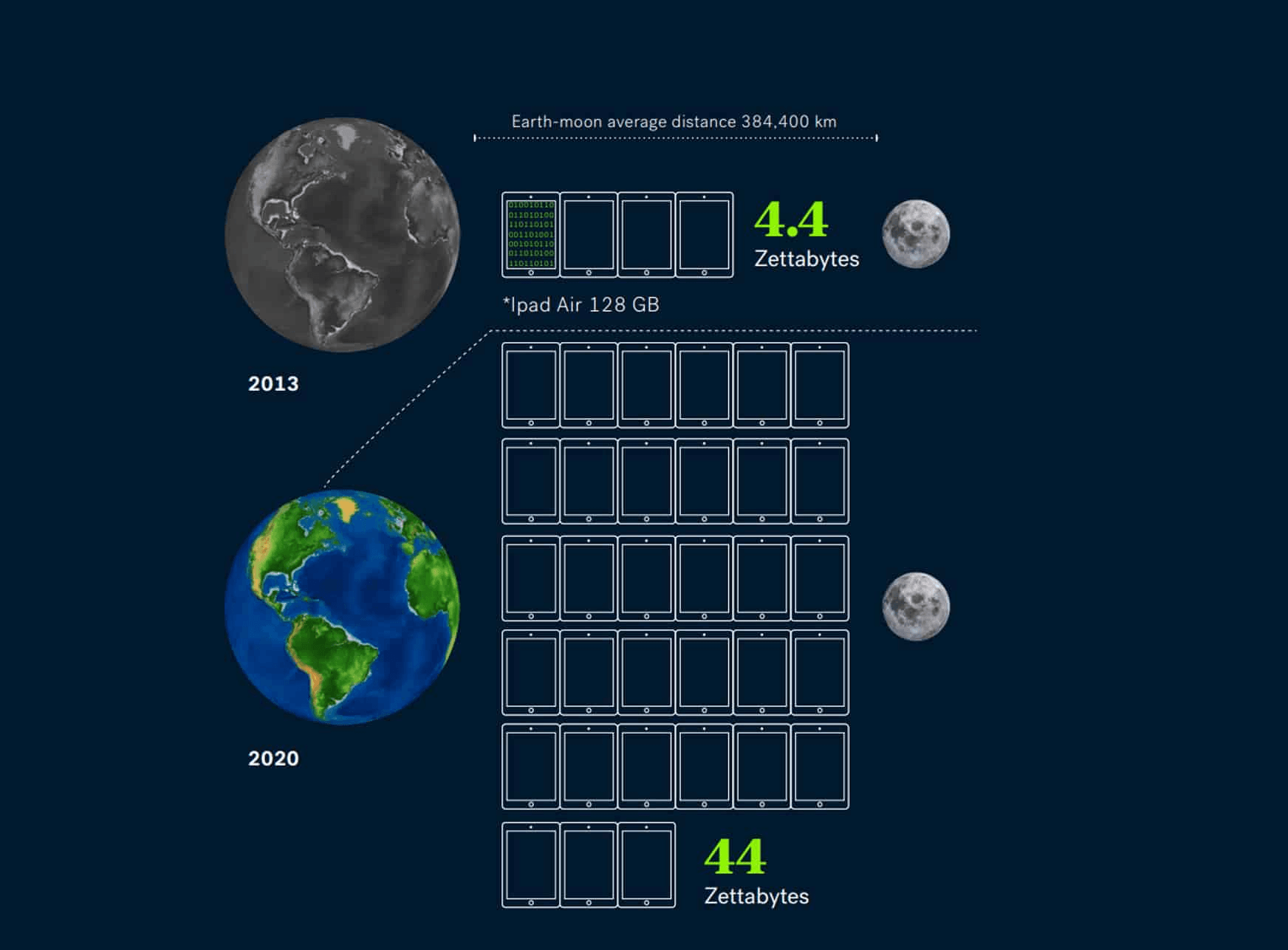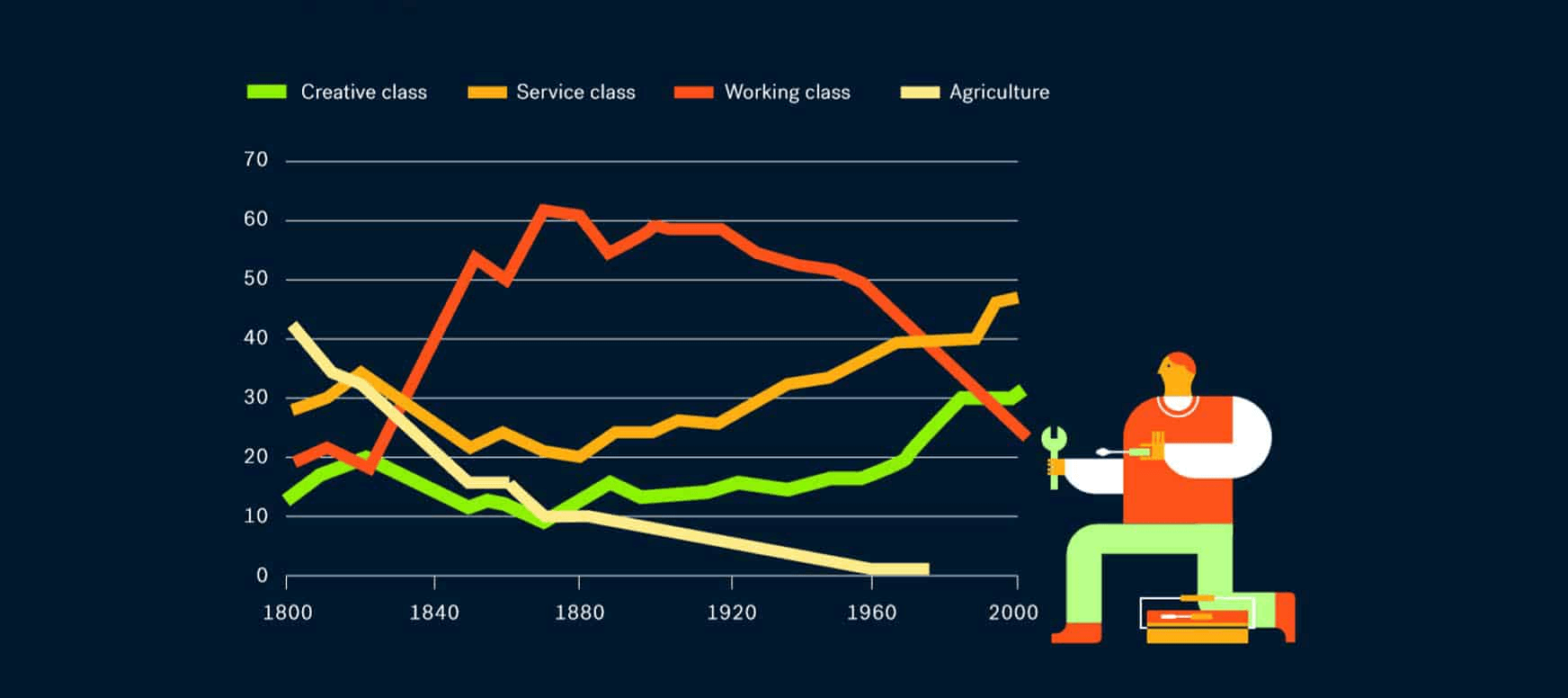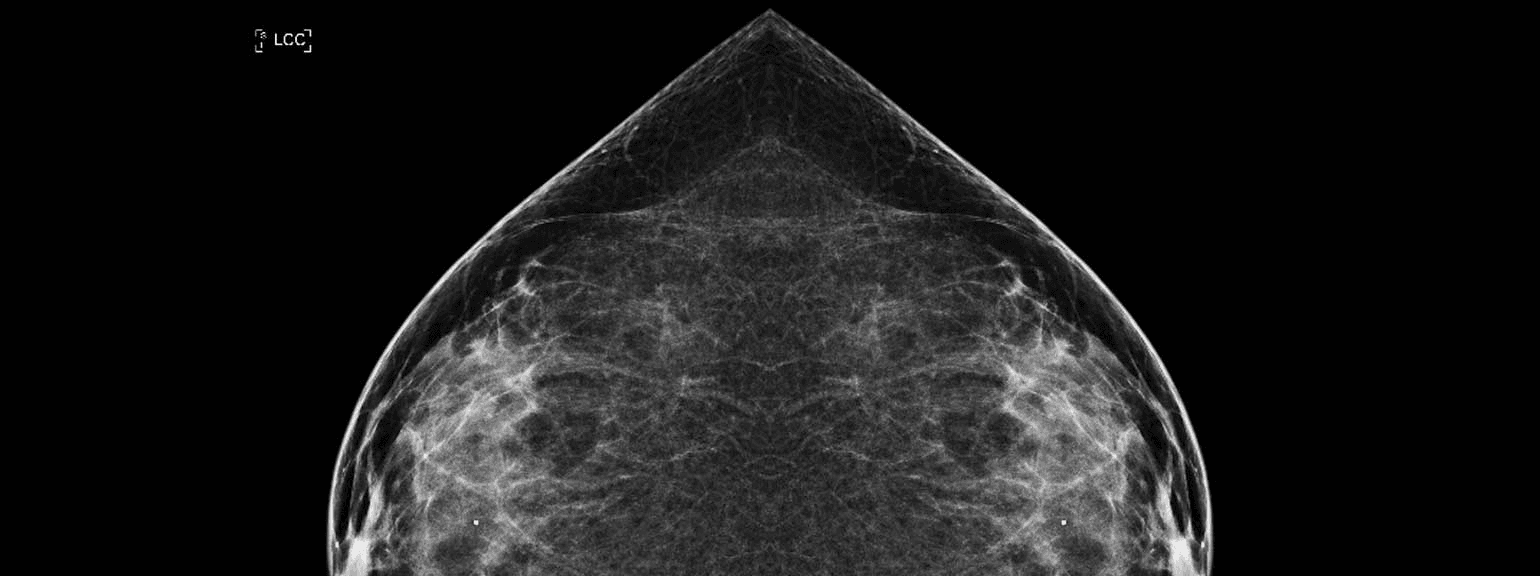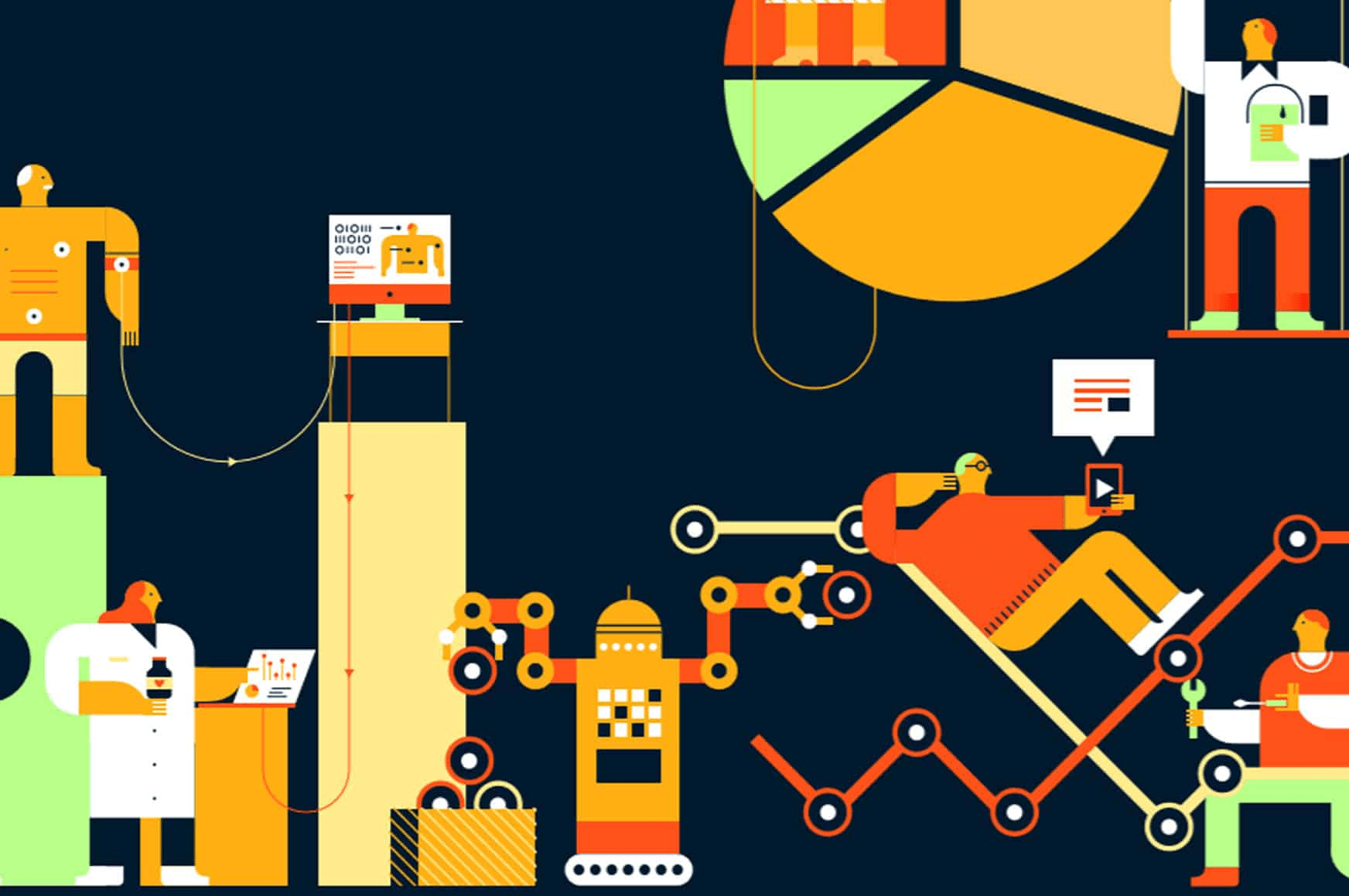Data as a competitive advantage
According to IDC, organizations that take advantage of data analytics stand to achieve $430 billion in productivity benefits by 2020. Yet, the 2016 PwC Data and Analytics Survey found that most executives say their next big decision will rely mostly on human judgment instead of data.

What does that mean?
Data is broad and ever-changing. For both companies new to data analytics and those industry giants that have harnessed its power for some time, it’s hard to understand what all the data points mean together for their business without analysts skilled at interrupting it.
Especially with the rise of Artificial Intelligence (AI), the opportunity becomes greater for data analysts to supplement the data sets a machine spits out with human judgment. As PwC suggests, for that to happen, “one needs to have an open mind to collaborate with the machine, as opposed to treating data and technology as either a servant or an overlord.”
In the end, it’s all about the people – to find the right information at the right time with the right action in mind.
“Data is the current and future source of competitive advantage”Borja Gonzáles del Regueral, Vice Dean IE University’s School of Human Sciences and Technology
“That’s the difference between failure and success for a company right now. All young data scientists need to have knowledge in terms of how to use the data, how to extract value from the data, and not only that, but how to use the value of data in business decision-making,” said IE University’s Vice Dean of the School of Human Sciences and Technology, Borja González del Regueral.
THE GROWING DIGITAL UNIVERSE
If all the data on earth were held in IPad Air tablets, in 2013 the stack would reach two-thirds of the way to the moon. By 2020, you would need 6.6 stacks of tablets going from earth to the moon to contain all the data.
Source: IDC, 2014

Airbnb’s 43,000 percent scale? Not without data scientists
Planning a vacation to Belize? Or headed to Spain to check out IE University?

Wherever it is you’re going, you’re probably looking for accommodations first on Airbnb, the unicorn Silicon Valley app started in 2008 to match travelers with homes. And it’s no surprise that you start there – Airbnb was one of the few companies that included a data scientist within its initial team.
While there are many reasons Airbnb has become one of the most profitable startups, its use of machine learning and AI technology to evolve quickly and data scientists to suss out the signal from the noise has no doubt had a major impact.
Customers may not realize, but every reservation made on Airbnb interacts with Artificial Intelligence, or AI, in some way. From improving search to preventing fraud to optimizing host pricing, Airbnb uses AI for nearly everything. For example, AI is used to match guests with the most relevant listings, experiences and services based on where in the world they’re traveling to. And not only does that matching process work off data, but it also produces more, which gets looked at by the company’s data scientists in an effort to glean more business insights.
Brian Chesky, the now billionaire co-founder of Airbnb, speaks in front of a crowd. Photo: Airbnb

“I’m really excited about how there’s a shift to using data more and more for all kinds of applications and really to be thinking strategically and logically and for that to be something that many more people are learning about,” Airbnb’s Head of Data Science, Elena Grewal, said during a career panel last year.
In the past five years, Airbnb has grown 43,000 percent – that’s definitely something most businesses would be excited about. And all within that rapid scale, people typically have positive experiences and connotations about Airbnb. According to Riley Newman, the first data scientist at Airbnb, that couldn’t have been done without data and data scientists.
In a post for VentureBeat, Riley said, “since the early days, our team has met with community members to understand how to make our product better suit their needs. We still do this, but the scale of the community is now beyond the point where it’s feasible to connect with everyone everywhere. So, data has become an ally.”
The Airbnb headquarters in San Fransisco. Photo: Airbnb

GOOGLE’S 41 SHADES OF BLUE
$200 MILLION
Data meets human creativity
When most people think of data science, they think number crunching, algorithms, nerds sitting behind computer screens looking at ones and zeros.

Why is creative thinking so important in data science?
The first that comes to mind isn’t usually creativity, yet creative thinking is a huge part of data science today. Especially as new technologies such as AI reduce the need for human manual labor, those humans are still very much demanded for their out of the box thinking.
Today, many of the most innovative businesses combine data-fueled decision-making with human creativity in an effort to stay relevant and competitive in the market. Plus, big data and analytics are increasingly seen as a tool to boost creativity, both within businesses and their products.
As Rob High, Vice President of IBM’s Watson Solutions Department, where they built and managed a computer system that can answer questions posed in human languages, said, “we’re going to be able to get underneath the creativity of human beings and enable people to go do things that they perhaps had never even considered before because now the systems are offering them choices based on evidence, based on the literature, based on having reasoned through what’s possible and determining that those are viable and meaningful choices.”
Yet, as Christina Stathopoulos, an analytical consultant at Google and an adjunct professor at IE University, said, it’s so important to have creatively thinking data scientists to make sure the data is presented correctly as a way to “humanize the information” and “make sure [the audience] doesn’t get lost.”
% OF WORKFORCE
Human creativity is becoming increasingly important in the global workforce.
Source: McKinsey

Netflix and chill … with big data?
Chances are you know how to Netflix binge.

It’s hard to resist. And that’s because the company utilizes data in profound ways. For instance, and maybe obviously, the algorithm Netflix uses recommends movies and TV programs individual users will enjoy, based on what they’ve watched in the past.
But the company has also taken its data use a step further by employing it to help the company create original programming.
Instead of the typical scene of Hollywood executives sitting around a table to decide which shows or movies will be a hit, Netflix uses the immense amount of data that it collects from users’ every move on the platform to determine what content it believes will be most popular.

House of Cards, the remake of the 1990s British series, was one of the earliest examples of that. According to the data Netflix collected, it’s target audience was attracted to films directed by David Fincher (which the company then hired to direct the series) and also liked films that featured actor Kevin Spacey (which the company hired to play the lead role as Francis Underwood).
Once everyone was on board with an American version of the show, Netflix made a large investment in producing the show and it paid off, becoming Netflix’s first hit series in 2013, luring millions of people to the platform and keeping its current subscribers loyal.
With its success, Netflix has only expanded that strategy – in 2018, it was reported that Netflix’s content department will spend $12 to $13 billion, more than any film studio or television company that is not paying for sporting events.
As a result, Netflix produced 82 feature films in 2018, vastly more than the 23 sent to cinemas by Warner Brothers last year. Also in 2018, the streaming service saw exponential growth, increasing its global paid subscribers from 94.4 million to 118.9 million and for the fiscal quarter ending in March 2018, the company reported a 40 percent revenue increase. Netflix is the leading television network on the internet; their 57 million viewers watching more than two billion hours of entertainment per month.
Not only are those positive accolades on their own, but Netflix has started a huge trend – after seeing the success of Netflix’s original content, companies like YouTube, Amazon and Apple are all getting involved in data-fueled programming efforts of their own.
Netflix’s decision to create House of Cards was fueled by data analytics and the series went on to become the first online-only TV show to receive major award nominations. Photo: Netflix Hollywood headquarters
You could even save lives!
While it might seem like today’s governments are huge and allknowing, the truth is that many of these institutions’ departments are understaffed and over-burdened.

That’s why data analytics haven’t been used since very recently. Only a decade ago did advances in data science and information technology make it possible for public institutions like governments to understand and take advantage of data analytics to find better ways to allocate their resources for maximum effect. This rings true in terms of finances, human resources, social programs and infrastructure.
Through tools such as the census, healthcare records, smart cities and other information collected by various government programs, governments have a massive amount of data that could be utilized to potentiate social progress in their country and maybe even the world a better place.
And now, data analysis and as such, data scientists have become a fundamental part of policymaking.
For instance, the Organisation for Economic Cooperation and Development estimated that 20 percent of what government around the world spend on healthcare is wasted. And the United States’ Institute of Medicine actually believes that figure should be higher, closer to 30 percent.
However, according to the World Economic Forum (WEF), datadriven technologies such as Artificial Intelligence (AI) promise to improve healthcare outcomes and efficiency in several key areas.

For one, the WEF believes that AI can be used to optimize clinical trials, enabling faster development of life-saving drugs, which will save billions of dollars, and most importantly, tons of lives. In practice, a few years ago a startup programmed a supercomputer to analyze millions of medicines to predict their effectiveness against Ebola. That program saved money on physical tests in the field and again, lives, by allowing doctors to repurpose existing drugs.
Yet, again these technologies must be manned by data science professionals that can help both businesses and governments – no matter local, national or even international – understand the data produced and the broader implications of using that data.
As Pedro Torres, the chief marketing officer at data company Esri Spain, said, “these highly disruptive tools are revolutionizing many industries through the real-time use of data … The emergence of this new profession shows that big data technologies yield a high return on investment.”

BIG DATA MEETS RADIOLOGY
DATA AND BUSINESS ANALYTICS TAKEAWAYS

THE WORLD IS PRODUCING DATA LIKE NEVER BEFORE, BUT DATA SPECIALISTS ARE NEEDED TO HELP MAKE SENSE OF IT ALL

WHILE MOST OFTEN THOUGHT OF AS NERDY NUMBER-CRUNCHERS, DATA SCIENTISTS HAVE TO BE CREATIVE AS WELL TO BE ABLE TO USE DATA IN EFFECTIVE AND POSITIVE WAYS

HUGE PRODUCTIVITY, REVENUE AND MARKETING GAINS CAN BE MADE BY LEVERAGING DATA WITH THE HELP OF DATA SCIENTISTS, SOMETHING THAT’S HIGHLY BENEFICIAL FOR A COMPANY TO SCALE

